How Insurance Professionals Can Prepare Ahead of the Winter Storm Season
As the winter storm season arrives, insurance carriers and adjusters in regions prone to freezing temperatures need to brace themselves for a surge in claims related to burst pipes and structural damage. The massive winter storm that took over the state of Texas in February 2021 resulted in more than 500,000 claims filed and an estimated total loss of $10.3 billion, highlighting the importance of preparing ahead of the season.
Let’s explore the key challenges associated with ice damming and freeze claims, with tips for insurers to streamline their processes and enhance documentation, with insurtech solutions that provide a seamless experience for carriers and policyholders throughout the claims process.
Understanding Ice Damming and Freeze Claims
Ice damming occurs when snow begins to melt and the melted snow refreezes, forming ice dams along the eaves of the roof. After several days of these melting-freezing cycles, the accumulated water and ice can work their way under shingles, ultimately infiltrating the attic space. This infiltration poses a serious risk, as it can lead to damage in the ceilings, walls, and the contents of the building.
One of the challenges with ice dams is that they often go unnoticed for an extended period, allowing the damage to intensify. In severe cases, prolonged exposure to ice dams can result in significant harm to the structural integrity of the building and its contents. While there are many proactive measures policyholders can take to minimize these risks, it is one of the more common types of claims filed this season and insurance professionals should prepare for an influx of these types of claims.
Another common winter weather-related claim, freeze claims often stem from burst pipes due to water freezing and expanding inside a home or building’s pipes as a result of sudden temperature drops or a lack of heating/proper insulation. Freeze claims present insurers with distinct challenges, primarily rooted in documentation. Insufficient proof of heat maintenance or winterization can complicate the claims process. To address these issues, insurers should follow these key rules of thumb during their investigations:
- Confirm Occupancy Status:
- Distinguish between primary and secondary homes.
- Verify if the property was occupied during the incident.
- If unoccupied, determine whether the water supply was shut off and by whom.
- Documentation of Heating Systems:
- Ascertain if heat was maintained or if the property was winterized.
- Document the type of heating system, including fuel sources (electricity, gas, oil, baseboard, combination).
- Obtain heating bills for the past year to compare usage in similar conditions.
- Investigate the Incident:
- Determine how the loss was discovered and by whom.
- Establish whether occupants were present when the loss occurred.
- If a plumber has been involved, thoroughly review and document their report.
- Evidence Collection for Burst Pipes:
- Obtain clear evidence of the burst pipe area and the pipe itself.
- Understand the unique way frozen pipes split due to water expansion.
- Use a flashlight to cast shadows and emphasize swelling/bulging in wood materials during documentation.
- Detailed Documentation of Damages:
- Capture profile photos of materials such as wood/laminate flooring, showcasing thickness and type.
- Document cabinetry details, including inside drawer photos revealing construction materials.
- Capture overviews, midviews, and close-ups when documenting areas of water damage.
Benefits of Insurtech Solutions During the Winter Storm Season
The integration of innovative insurtech solutions offer benefits to enhance the traditional claims process, especially ahead of winter storm-related claims. Insurtech solutions like Hubvia offer a human-led, tech-enabled approach with speed and precision at the forefront. The adoption of advanced insurtech solutions like these allows for the rapid collection and analysis of accurate data, enabling insurance professionals to evaluate claims seamlessly and update policyholders quickly in response to disasters.
By leveraging advanced, intelligent technology, claims can be efficiently triaged, reducing inefficiencies and unnecessary costs within operational workflows. Real-time updates on claim statuses provide policyholders with immediate information, fostering transparency and instant communication throughout the claims journey. Insurtech solutions streamline the claims process while enhancing the policyholder experience, by bringing a new level of efficiency, accuracy, and responsiveness to claims during the winter storm season.
Preparing for an influx of winter storm-related claims requires a proactive and detailed approach. By understanding the importance of comprehensive documentation for ice damming and freeze claims and the benefits insurtech solutions can provide, insurance professionals can streamline their processes, enhance claims evaluations, and provide faster, more accurate resolutions for policyholders. Embracing practices and solutions from Brush Claims will ensure that insurers are well-equipped to navigate the challenges presented by winter storms and protect their clients effectively.
For more insurtech industry insights, be sure to visit our LinkedIn, Facebook, Twitter and Instagram channels.




